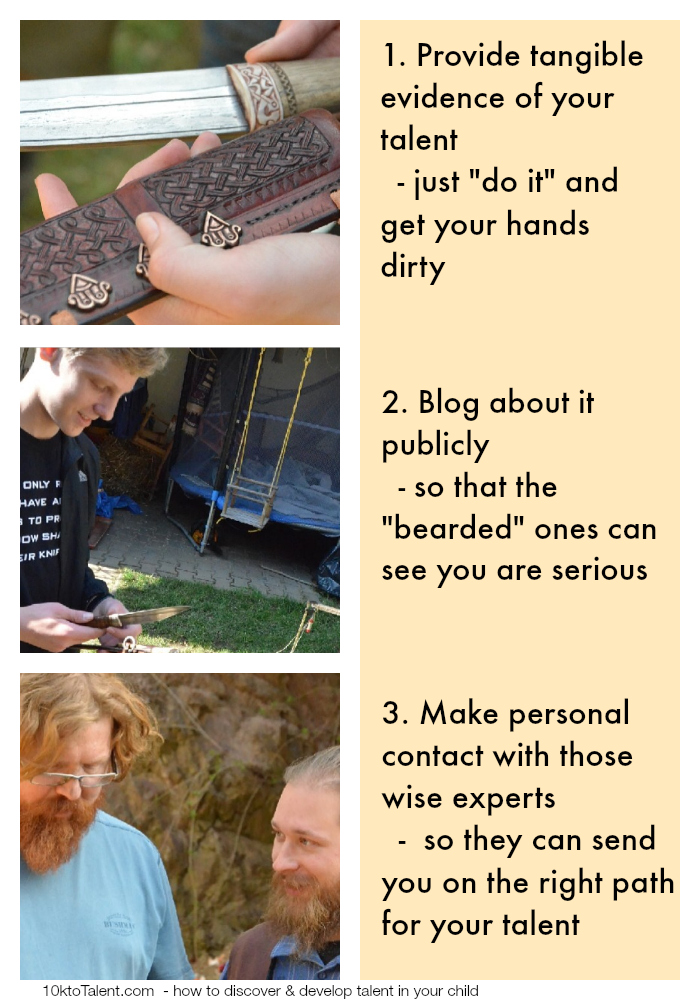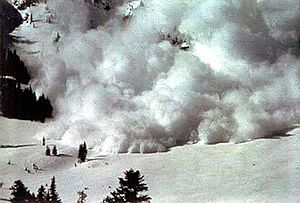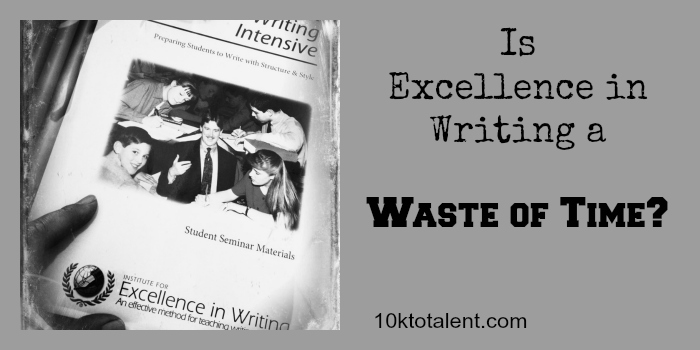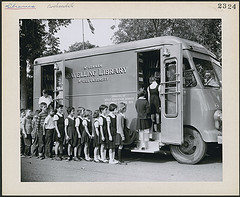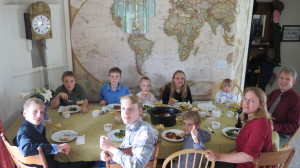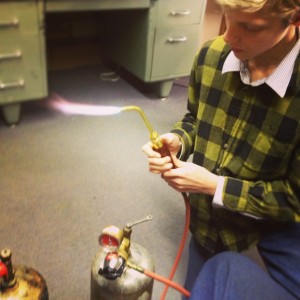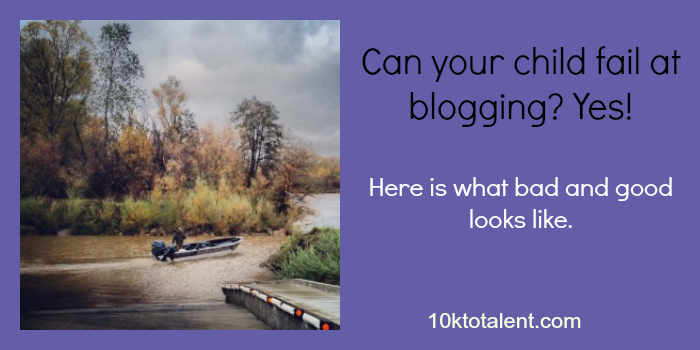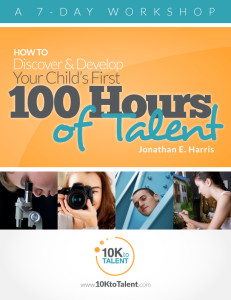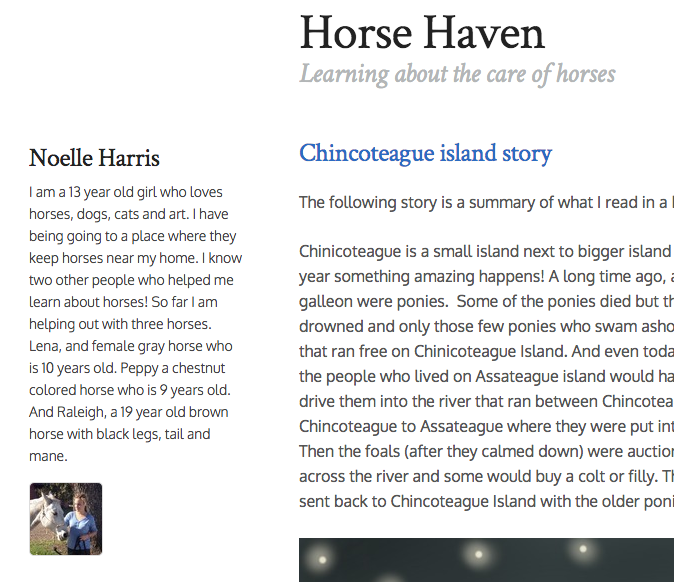
We had an educational failure recently. It was not a big failure, but it reminded us to stay alert as parents. We had to stop an English writing course designed for middle-schoolers from causing any more consternation in our family. It was a great course as far as the content went, but it was putting our middle-school daughter way behind in the goals we wanted for her.
Here is the background on how we originally came to choose that course. My wife chose a company whose English curriculum had produced results for us in the past. Their high-school curriculum set aside the traditional approach of the five paragraph essay or the research paper and focused on a method that produced young people who were able to write original novels. As a matter of fact, we are still using their high-school course for young writers for one of our teenage boys. Then entered a particular need for one of my middle children.
My 13-year-old daughter has had great difficulty over the years in learning at the same pace as her brothers in the realm of reading and writing, no matter which method we tried (although we had found one approach that did allow her to make some progress). Around the age of eleven she suddenly seemed to finally discover some ease from her difficulties. Hurray! We rejoiced with her. Her old limitations were starting to disappear. Whatever the root cause, we then decided that maybe we could get a middle-school course for writing in order to catch her up to what most peers her age were able to do with writing. So when that company recently put out a systematic writing curriculum for middle-schoolers, we decided that it might be worth a try for just that particular child.
Within a month of use, we realized that experiment of using a traditional course was a complete failure for our daughter. Suddenly, we were back to the tears, confusion, frustration and constant parental hand-holding. The check list of things to know and things to do that you would expect in a traditional textbook were all in this course. Sure, it was wrapped in a better-than-average presentation format, but in the end, it fell far short of the ground breaking innovation that the high school English writing course had put out. Not wanting to admit at first that we made a mistake, we delayed a bit before making the decision that needed to be made. We swallowed our pride and cold-stopped the course, without any transition. We went back to the tried and true that has worked in our family.
With her brothers, we had, and still do, use blogs, writing e-books, and other public writing mediums to practice communicating clearly with regards to a talent focus or a specific interest. So that is the same method to which we decided to set her. Within days of switching to writing through a talent focus, my daughter was a happy learner again. Suddenly, my daughter was smiling again and writing like a maniac. It was as if someone had flipped on a switch. Now she has something she wants to say in her writing. She wants to know how to say it even better and is open to all sorts of writing corrections – and then understands the principle behind the corrections she is given!
Moral of the story: writing with a purpose has the power to overcome many weaknesses and psychological hangups. That purpose can be found in having your young person share his or her talent interest with the world.
Please go check my daughter’s blog at this address and leave her a comment:
http://horsehaven.posthaven.com/
If you want to jump-start your own child’s writing with a purpose in my mind, you may want to consider my e-course “Blog to Your Talent: Learn How to Showcase Your Talent in 42 Lessons”




